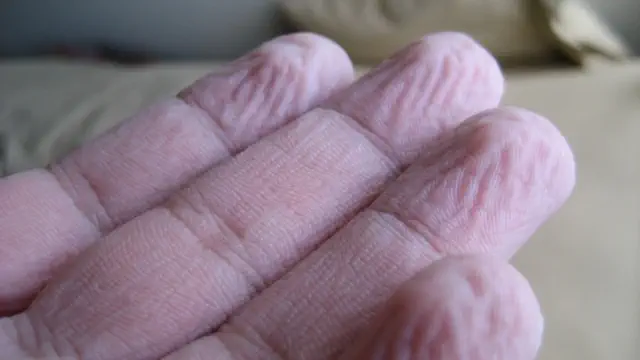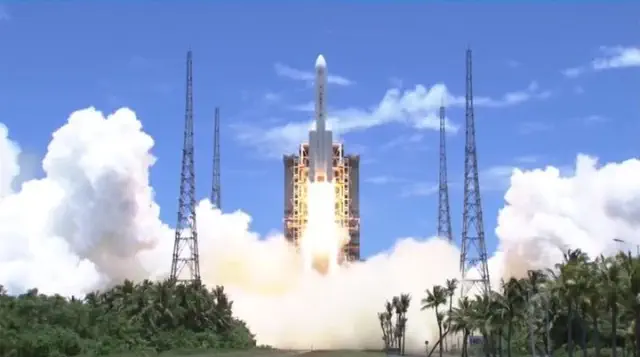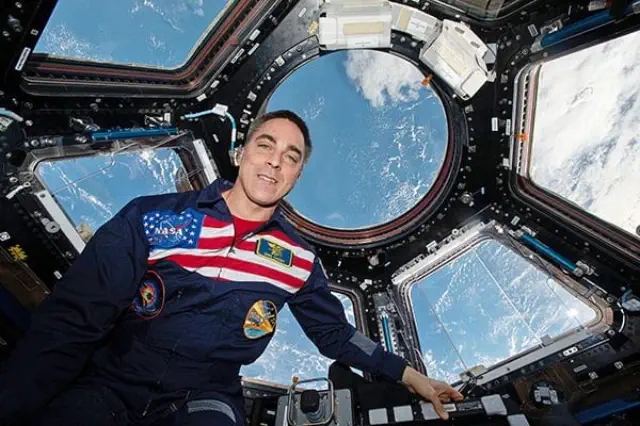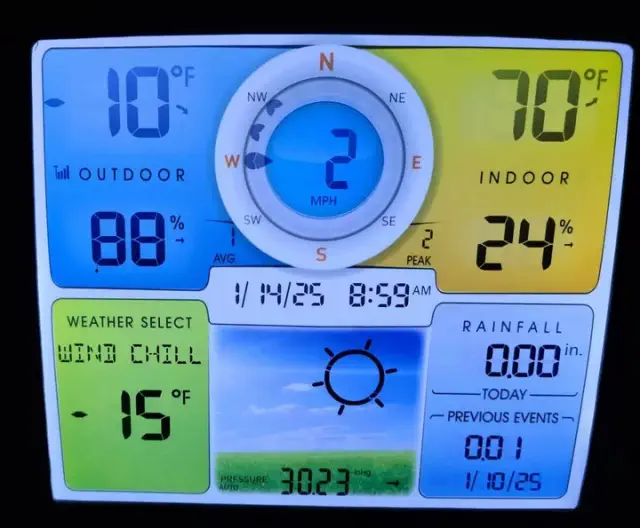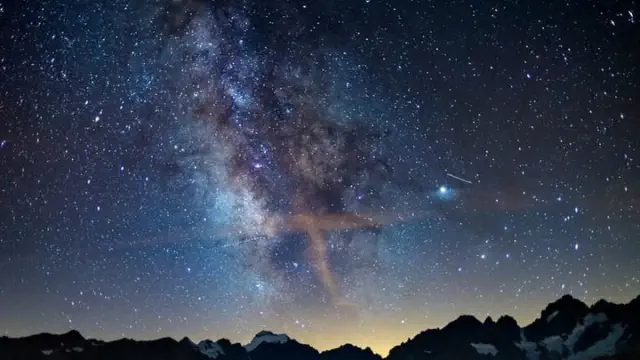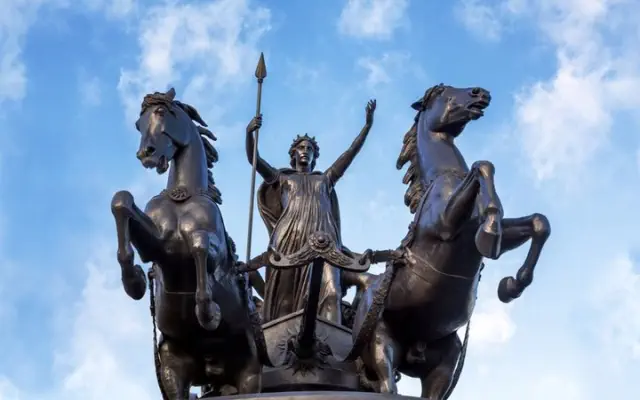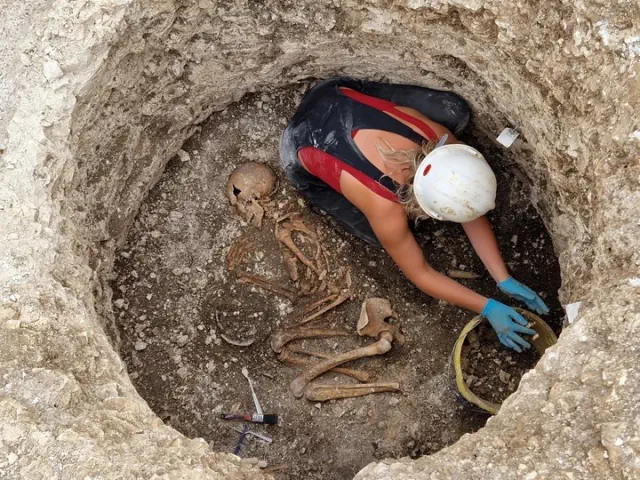Recent research suggests that moons within our solar system might have possessed rings in the past, similar to those found around planets, raising intriguing questions about the absence of ringed moons in the present day.

View pictures in App save up to 80% data.
None of the moons in our solar system possess rings today. But a new study indicates that such rings, if created, could remain stable for a million years, even while being gravitationally pulled by other solar system objects. The findings deepen the mystery of why these satellites are now ring-free.
Rings surround many members of our planetary family. Saturn is perhaps the best-known example, swathed by eight main rings made of thousands of smaller ringlets, but the other three outer planets also possess rings, the Voyager space missions revealed. Composed of chunks of ice and rocks of varying sizes, these ring systems are maintained by small shepherding moons, whose gravitational forces tug the chunks and tweak their positions.
More recent studies using ground-based telescopes have revealed rings encircling several centaurs — asteroids beyond Jupiter’s orbit — and minor planets, including the egg-shaped Haumea. Even Earth and Mars may once have had rings. However, no study so far has definitively spotted rings around any of the solar system's 300-odd moons. (A 2008 study claiming that Jupiter's moon Rhea possessed a ring turned out to be a false alarm.)
This absence is all the more intriguing because the physical processes that create rings can theoretically occur on both planets and their satellites. A ring can form around an object when debris starts orbiting it, said Matthew Tiscareno, a planetary scientist at the SETI Institute in Mountain View, California. This debris could be kicked up from the body's surface following an asteroid or comet collision, or may consist of icy plumes ejected by powerful cryovolcanoes. Over time, gravitational forces along the body's equatorial bulge flatten out the debris into a ring, Tiscareno told Live Science in an email. But lots of moons have suffered asteroid impacts or have cryovolcanoes — and yet, they remain ringless.
The search for the elusive lunar rings
These observations prompted Mario Sucerquia, an astrophysicist at France's Grenoble Alpes University, and colleagues to investigate whether moon rings could be stable at all. A 2022 study Sucerquia co-authored found that theoretically, isolated moons could have stable rings around them. But that study didn't consider the gravitational effects of other moons and planets.
To investigate this, in the new study published Oct. 30, 2024 in the journal Astronomy and Astrophysics. Sucerquia and colleagues selected five sets of spherical moons and their neighboring planets, including Earth and the moon. For each set, the team added rings to all the satellites, then simulated how the rings would behave over a million years, while being pulled gravitationally by their parent moon, other nearby moons and the planet. The researchers also calculated how chaotically the ring particles moved over a millennium, to determine the rings' stability.
The researchers expected to find that the rings were unstable, but the model showed that, barring a few moons, including Saturn's "Death Star" moon Mimas, these moon rings were stable — particularly Jupiter’s Iapetus. Even Earth's moon had a 95% chance of supporting a stable ring system in the simulations.
Sucerquia shared with Live Science via email, "[W]e were not expecting that moons situated in a challenging gravitational setting, influenced by numerous other moons and planets, would be able to preserve stability in their rings." He added, however, that "instead of obliterating the rings, these harsh environments have enhanced their beauty by forming intricate structures such as gaps and waves, akin to what we see in Saturn's rings."
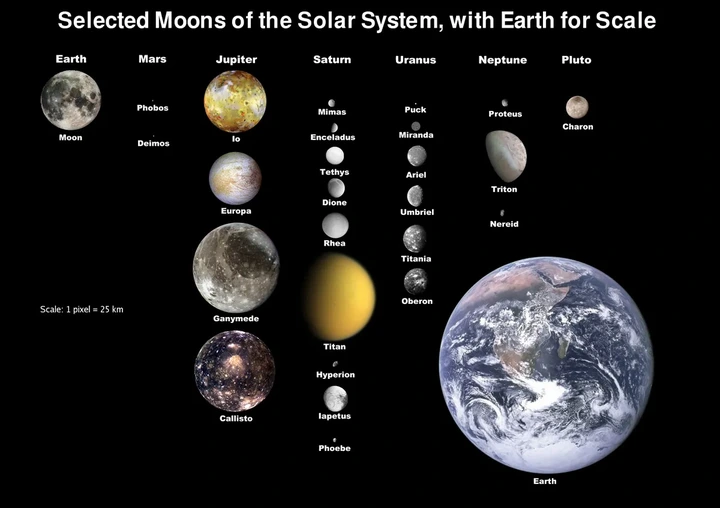
View pictures in App save up to 80% data.
What happened to all the rings?
So why don't the moons have rings today? The authors suggest that non-gravitational factors, including the sun's radiation and charged particles from the magnetic fields of the moons' parent planets, caused any previous rings to disintegrate.
There are differing opinions regarding the conclusions of the study. Tiscareno, who did not participate in the research, believes that over time, the rings were probably disrupted by the gravitational forces exerted by the moons that orbit the planet.
"Because most solar system moons rotate very slowly (keeping the same face towards their planet as they orbit, as our moon does to Earth), any ring particles must be orbiting the moon much faster than the moon spins," he said. So gravitational tugs from the parent moons, over long stretches of time, would "cause the ring particle orbits to decay until they eventually impact the surface of the moon," he said. In other words, if our moon ever had rings, they crashed to the lunar surface long ago.
